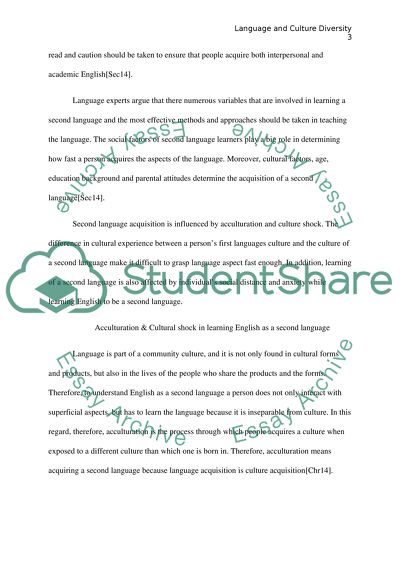Cite this document
(“Literature review: Second culture acquisition Research Paper”, n.d.)
Retrieved from https://studentshare.org/english/1639330-literature-review-second-culture-acquisition
Retrieved from https://studentshare.org/english/1639330-literature-review-second-culture-acquisition
(Literature Review: Second Culture Acquisition Research Paper)
https://studentshare.org/english/1639330-literature-review-second-culture-acquisition.
https://studentshare.org/english/1639330-literature-review-second-culture-acquisition.
“Literature Review: Second Culture Acquisition Research Paper”, n.d. https://studentshare.org/english/1639330-literature-review-second-culture-acquisition.


